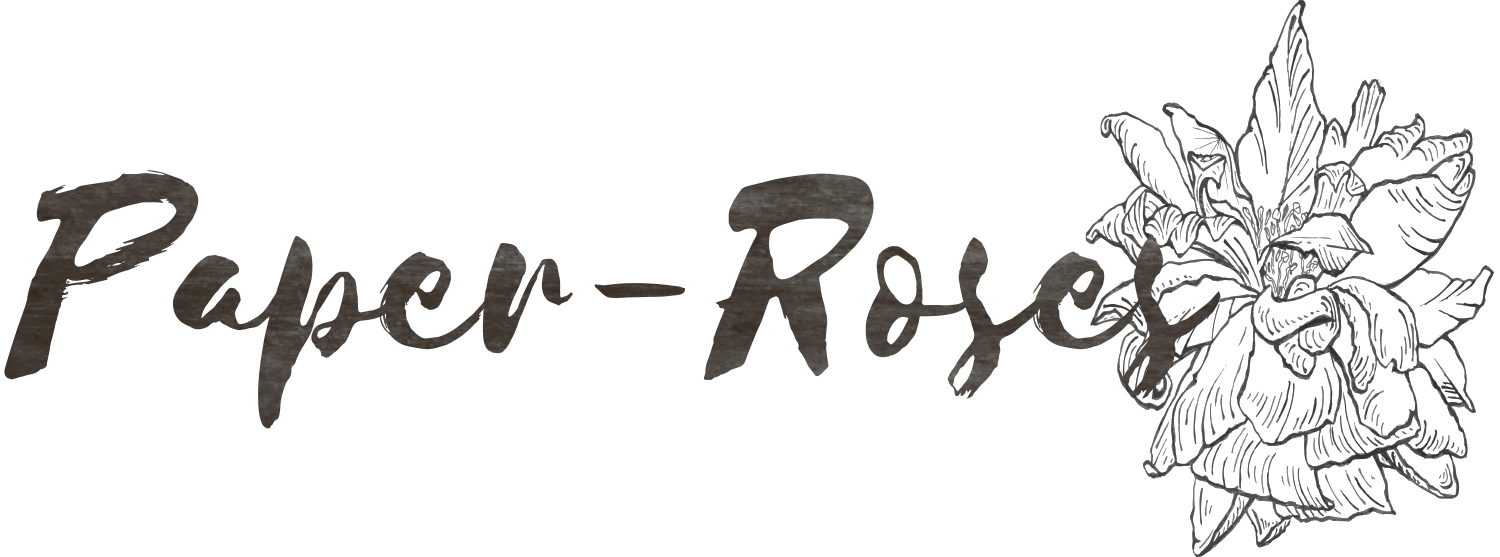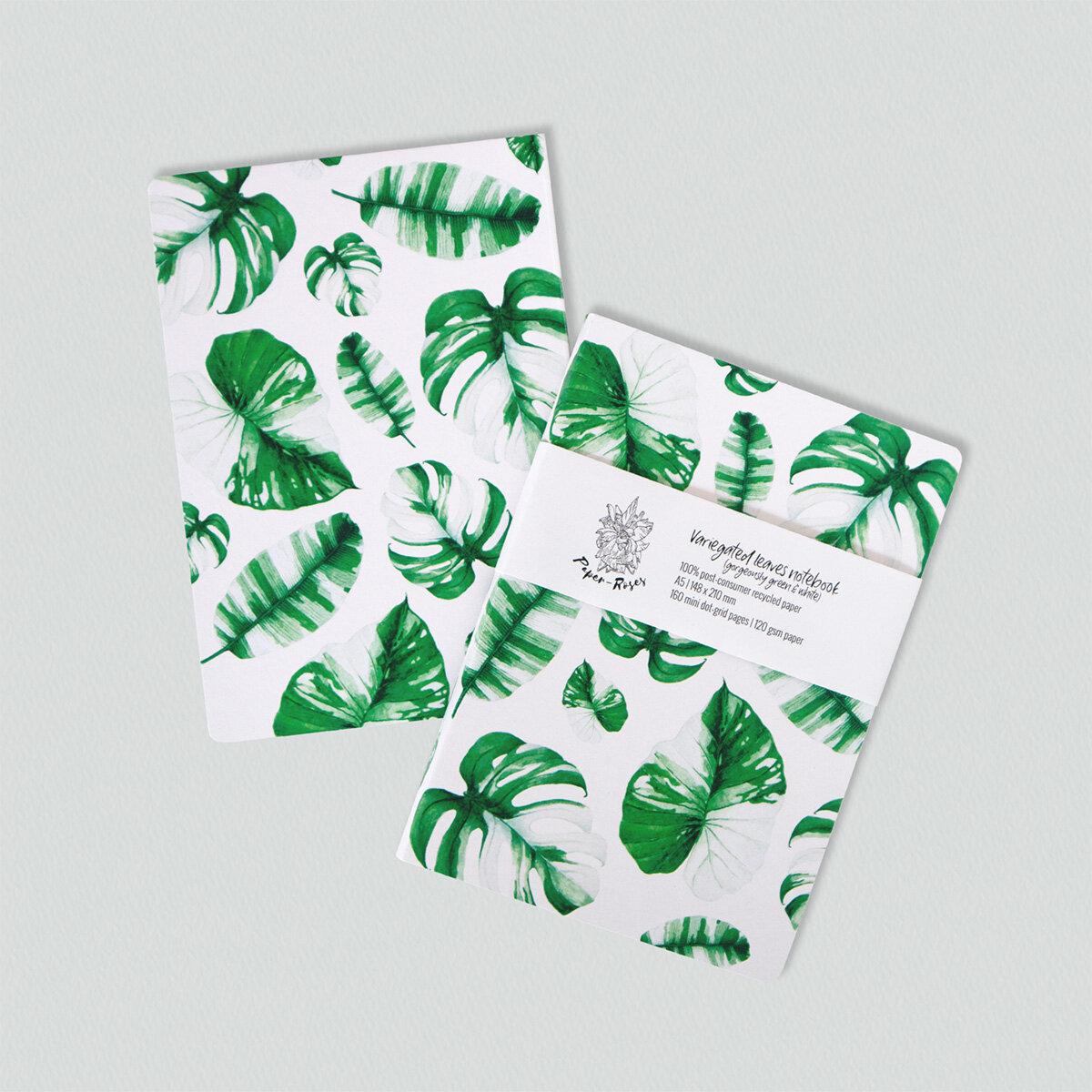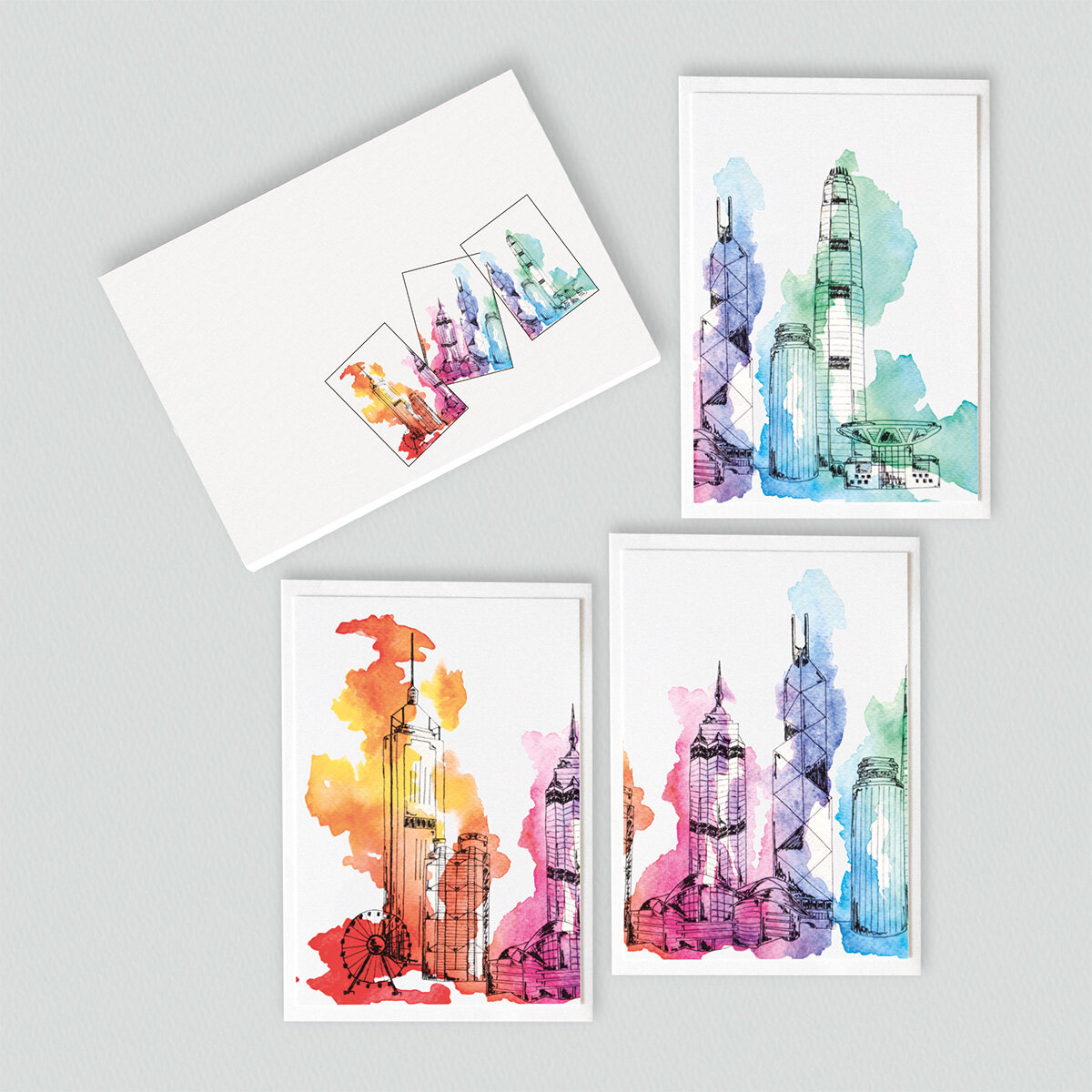Product packaging | My biggest dilemma
When I first started Paper-Roses, I had a pretty specific mission in mind - to create little pieces of art that everyone could enjoy…and to be as eco-conscious as possible while doing it. As Paper-Roses has grown, one of the biggest issues I’ve faced as a small business has been how to create product packaging that fits this mission.
Way back when
At the beginning of this journey, Paper-Roses was all about paper, and my product packaging very much conformed to the norms and standards that you see in stationery and card shops - with little cello sleeves here, there and everywhere. As a complete newbie to the industry, I honestly didn’t know there was another way!
But, over time, I’ve experimented and worked out that you really don’t need all of the packaging, and in fact, “naked” is the way to go. Which is why, when you buy anything paper or organic cotton from Paper-Roses now, you’ll either get no packaging, or where necessary, a simple bellyband or hang tag made from 100% recycled paper.
Since making these changes, I’ve had numerous customers ask me if I can provide a cello sleeve - and I understand why. It’s what they’re used to and they also see my samples displayed that way (it protects them from wear and tear and otherwise I’d have to replace them every two or three markets, which is wasteful and super expensive). My answer is always no. And occasionally I’ve lost customers because of it, but generally, when I explain why, people are very understanding and go away happy knowing that they’re making a more sustainable choice.
Next level thinking
With the introduction of cork backed ceramic coasters and placemats to the Paper-Roses range, I was presented with another packaging mystery to solve.
What would the standard packaging for these look like you might ask? Well, at first glance, it looks perfect…a simple cardboard sleeve that envelops the coaster or placemat. But the bit that’s perhaps not immediately obvious is the copious amounts of bubblewrap that would be needed to ensure the coasters and placemats would make it from production to distribution in one piece. Even the amount required to send the samples to me was horrifying!
Hours of research, doodling and discussion with my sounding board (Mr & Mrs Paper-Roses senior, AKA my parents) led me to the idea of a strong corrugated box with inserts to protect the corners and edges of the contents from damage. Easy, peasy...or not?
Yes, the outer box was a very easy ask - a simple, yet beautiful, corrugated cardboard box. But box inserts of this type tend to be made from foam or plastic…definitely not what I was looking for. There had to be a way to create something more sustainable. Something made from cardboard, so it can be recycled or composted…something that looks a bit like the box your Pret sandwich comes in perhaps?
And this is exactly where I started, with a sandwich packaging template. But, how to make it strong enough to protect the fragile ceramics? It’s questions like this that make me very thankful for my background in applied mathematics. I’m pretty sure that without it, it would have taken me many more than four attempts to create templates for my corner inserts that do their job.
And they work! I’ve tested them, so I know. It was actually quite a lot of fun, dropping my sample boxes onto a hard floor again and again, checking between each drop that the contents were still in one piece. No breakages in sight…hurrah!
At least not until I decided I needed to do one final test - would they survive me standing on the box? For the coasters, no problem whatsoever - not even the slightest dent in the box, let alone any cracks in the contents. Brilliant. For the placemats - well, OK, I admit it, I was able to crack one. But I had to put all of my weight down through my heal directly onto the centre of the top of the box to do it. And to be honest, I’m absolutely ecstatic with that outcome 😊.
The Paper-Roses packaging story is ongoing - look out for more news on the packaging front coming soon.
But, in the meantime, I’d love to hear what you think about the journey so far - comment below, or tag me at @paperrosesdesigns on Instagram.






